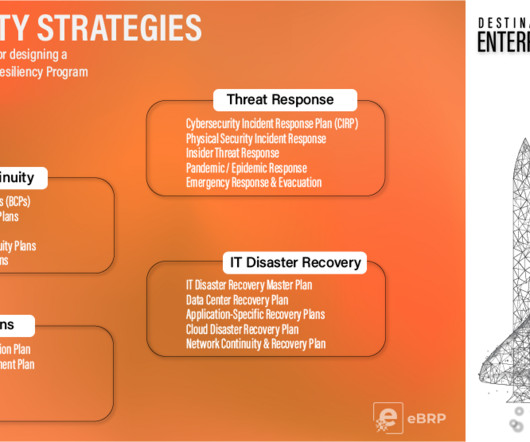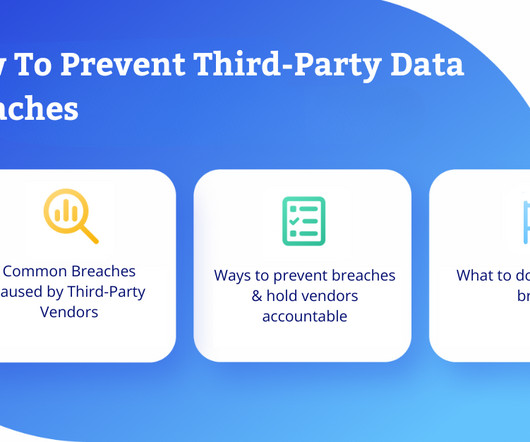New FEMA Guidance on Cyber Incidents
Recovery Diva
NOVEMBER 28, 2023
Knowing whom to engage when a cyber incident occurs and having plans in place to effectively address an incident’s impacts is central to the role of emergency managers, regardless of hazard type.



















Let's personalize your content